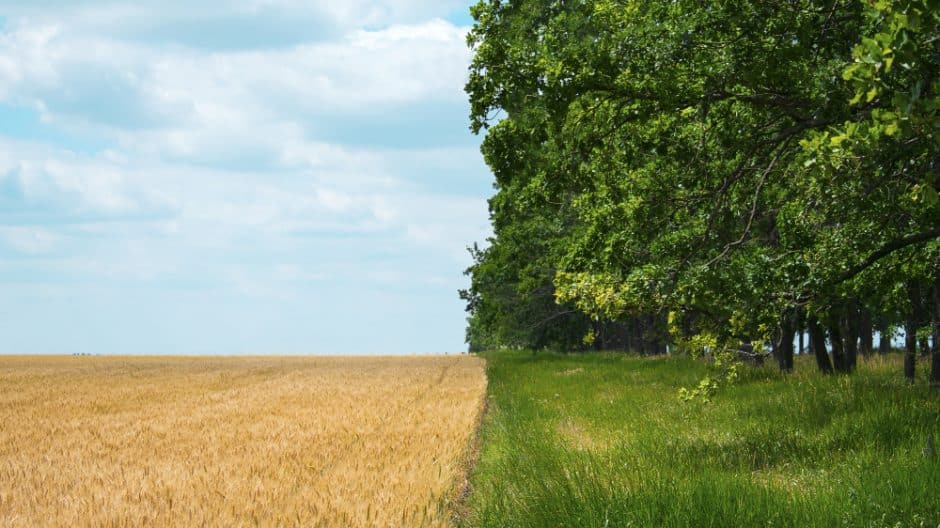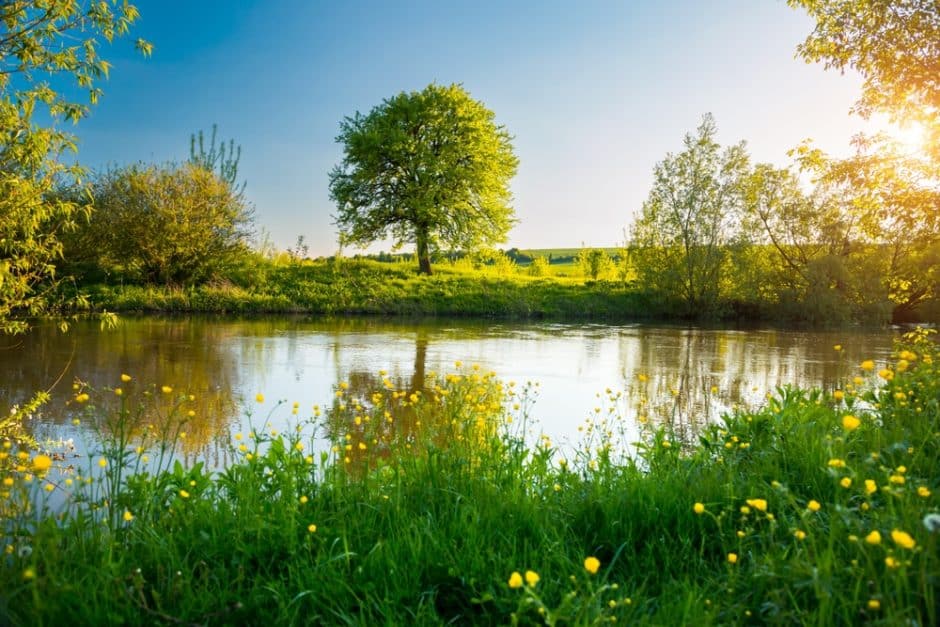From policy to action: Climate KIC’s take on the EU Nature Restoration Law

Climate KIC supports the systemic approach of the recently adopted EU Nature Restoration Law by the EU Parliament, and calls for Member States to create synergies between climate change mitigation and adaptation, and land degradation, agriculture and forestry. The policy is one of the EU’s biggest pieces of environmental legislation and is seen by the European Commission as a key part of meeting the EU’s climate and biodiversity goals.
Under the recently adopted Nature Restoration Law, the EU must restore at least 20 per cent of its land, forests and seas by 2030. Within this, countries need to restore 30 per cent of habitats covered by the new law (including forests, rivers and wetlands) that are already degraded by 2030. This increases to 60 per cent by 2040 and at least 90 per cent by 2050.
Member States are required to develop a national restoration plan, monitor and report their progress, and carry out preparatory monitoring and research to identify restoration measures that will halt biodiversity loss. They will also have to increase the total national area of urban green space.
To support these objectives, Climate KIC leads initiatives like the EU Cities Mission project (Net Zero Cities) and the EU Adaptation Mission project (Pathways2Resilience), which are guiding 112 cities in achieving climate neutrality by 2030 and assisting 150 European regions with their plans to become more resilient to climate change.
Cultivating change: The role of sustainable agriculture in nature restoration
The uptake of regenerative and sustainable agricultural and forestry practices is key to delivering on the objectives of the Nature Restoration Law.
For Saskia Visser, who oversees land use, agri-food and sustainable bio-economy projects at Climate KIC, the Nature Restoration Law is strongly interlinked with the ‘EU Soil Strategy for 2030’ and the Soil Monitoring Law put forward last year by the European Commission to halt and revert land degradation.
She says: “The Nature Restoration Law is a positive step forward as it addresses the urgency of the intertwined climate and biodiversity crises. To ensure continued food production amidst the newly forecasted climate scenarios, we must address the declining biodiversity trends across Europe. Both our farmland and forests must adapt to become climate resilient. Additionally, we need to reduce emissions from agriculture and improve the management of our lands to restore forests as carbon sinks. This necessitates a shift in practices among farmers and land and nature managers.”
To deliver on the Regulation’s targets, EU programmes and funding instruments will have to significantly support restoration ambitions by redirecting funding and action towards environmental objectives. Recent reports by the OECD and the Institute for European Environmental Policy (IEEP) concluded that a gap still remains between the policy ambitions and the current situation when it comes to making EU food systems more sustainable, for example.
“Under the Nature Restoration Law, some land managers will have to drastically change their practices to reverse the trend of degradation. Transition support schemes will be needed for those land managers that need to make large investments. Given the short-term costs of changing practices and the opportunity costs caused by ceasing or scaling back production, there is a clear case for supporting such changes with public funding and for providing farmers and foresters with better advice, tools, research, and long-term perspectives” says Visser.
At Climate KIC, we apply systemic approaches to landscape management, which consider the interconnectedness between soil degradation, water scarcity, forest management and agricultural practices.
As an example, we are supporting the Department of Agriculture Food and the Marine (DAFM) of Ireland to develop a National Carbon Farming Initiative as a key measure to enable the country’s Climate Action Plan. The objective is to support the adoption and scaling of management practices that will result in Ireland achieving its climate, biodiversity and water quality targets by the end of 2030.
Restoring nature’s balance: A call to action on water and land management
Under the Nature Restoration Law, Member States will also have to step up action to restore drained peatlands as the legislation has set targets of 30 per cent of such areas to be restored by 2030, 40 per cent by 2040 and 50 per cent by 2050.
Worsening water issues in Europe will likely lead to lead to increased aridity in warm regions that are already dry. In humid regions, risks to be mitigated will relate to inundations.
“In both cases, one of the most important things we can do is to ensure that water infiltrates and is retained in the landscapes. For many years, we have degraded our soils and destroyed landscape structures essential for water retention. Today, we need to increase organic matter in the soil to boost infiltration capacity and water retention and add more hedges to slow down water runoff across the landscape.” explains Daniel Zimmer, Director of Land Use at Climate KIC and author of the book “L’eau et la Planete”.
“Water, however, is not a standalone issue. We can’t address water independently from the way we manage forests or produce our food,” says Zimmer.
Carbon Farming, a whole farm approach to optimizing carbon capture on working landscapes, also contributes to sustainable water management. Techniques, such as agroforestry, cover cropping, and no-till agriculture, can increase soil organic matter and enhance soil structure and water-holding capacity. This in turn can help mitigate freshwater scarcity by reducing runoff and increasing groundwater recharge. Additionally, by sequestering carbon from the atmosphere into soil organic matter, carbon farming helps address climate change. These are some of the elements discussed this month at the first Carbon Farming Summit in Valencia, organised by Climate KIC as part of the EU project Credible.
By adopting a broader perspective that considers the diverse needs of ecosystems, agriculture, and forestry, Climate KIC’s holistic approach to landscape seeks to strike a balance between conservation efforts and sustainable land use practices, ultimately contributing to the mitigation of climate-related risks and the promotion of climate resilience.
Visser concludes: “I have a strong hope that national governments also take over this more holistic approach and combine efforts for soil improvement, climate action and biodiversity restoration. Only by approaching these issues comprehensively and showcasing their potential benefits for countries, societies, and individual farmers or land managers can we effectively tackle the intertwined climate and biodiversity crises and pave the way for a prosperous future in Europe.”


